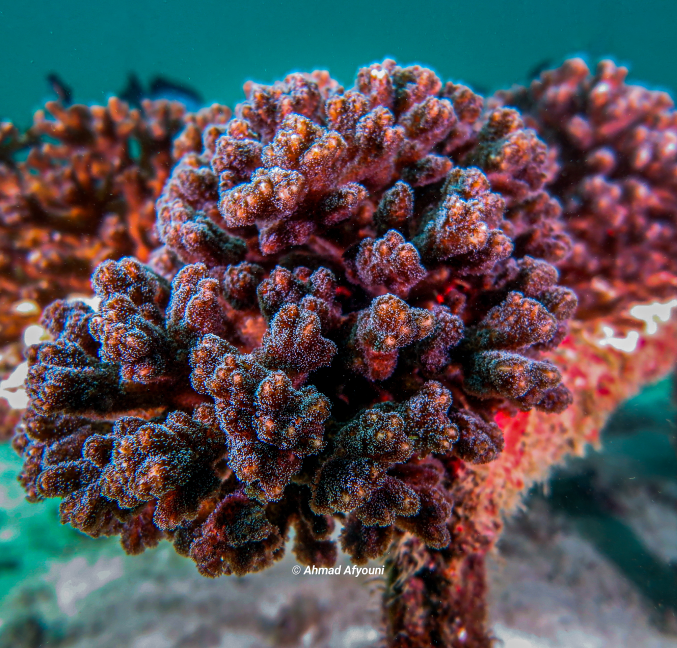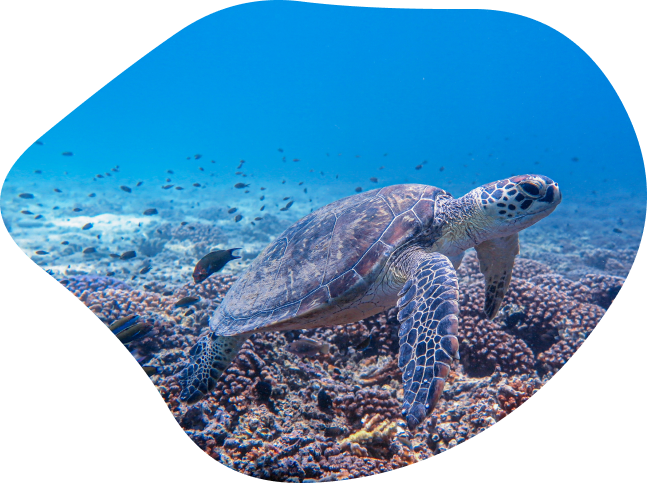AMAL
Partnering with Coralife to enrich UAE’s marine ecosystems
What do coral reefs do when they thrive?
Biodiversity
When coral reefs thrive, they become vibrant sanctuaries teeming with life, safeguarding marine biodiversity by providing habitats for a vast array of marine species, serving as nurseries for 25-30% of all marine life.
Coastal Protection
Coral reefs reduce wave energy by up to 97%, protecting 71,000 km of coastline from storms and flooding.
Environmental Services
Coral reefs play a crucial role in water filtration and carbon sequestration, contributing significantly to ocean health and climate regulation.
Support This Project

Our Impact
2,317 sqm
Total Coral restoration area
542
Coral fragments planted & protected
PROBLEM
SOLUTION
PROBLEM
SOLUTION
Why is it important?
Coral reefs are often referred to as the “rainforests of the sea” because they support an incredible diversity of marine life, providing shelter, food, and breeding grounds for countless species (25% of all marine life). Healthy coral reefs also help sustain local economies through fishing and ecotourism, creating jobs and food security for coastal communities. Additionally, reefs act as natural barriers, reducing wave energy and protecting shorelines from storms and erosion. By restoring coral, we enhance biodiversity, promote ocean resilience, and safeguard both marine life and coastal livelihoods.


Methods
Coral Gardening
Rescuing and cultivating coral fragments that have detached from reefs and fallen to the seafloor. These fragments are grown in underwater nurseries. Once matured, the corals are transplanted onto artificial or degraded reef areas.
Nursery Tables
Platforms in shallow waters where coral fragments grow under optimal sunlight and water flow. This protected setup promotes faster, healthier growth, preparing corals for later transplantation onto reefs to support restoration and biodiversity.
Diver Surveys
Divers conduct visual inspections to assess reef conditions, documenting coral health, growth, and species diversity. They monitor signs of disease, bleaching, and damage, and survey fish and invertebrate populations to evaluate ecosystem health. This data guides restoration actions and helps measure conservation impact.
Artificial Reef Enhancement
Artificial reefs expand natural reefs by adding surface area and habitat complexity, supporting coral growth and marine biodiversity. These structures create new shelters, boost fish populations, and strengthen marine ecosystems, making them essential for ocean conservation.
Sustainable Development Goals






In Association With


